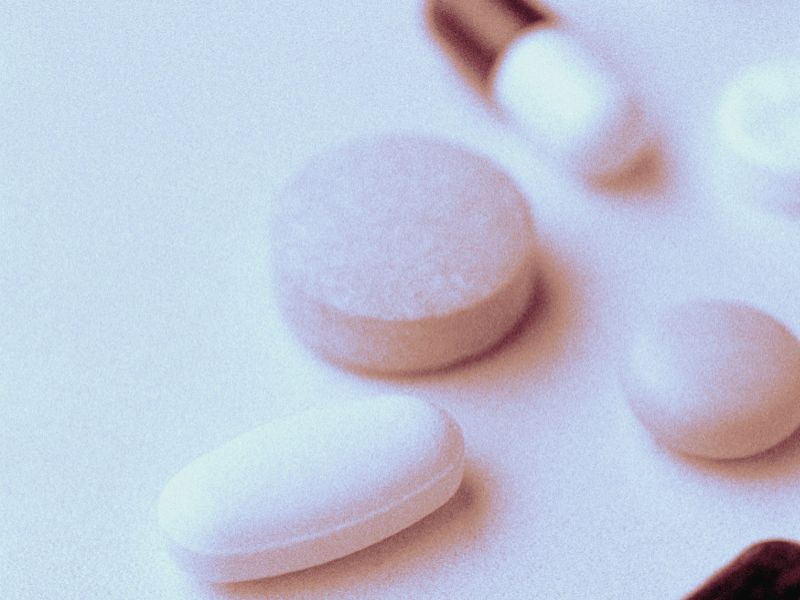WEDNESDAY, Dec. 12, 2018 (HealthDay News) — Antipsychotic use is associated with an increased risk for unexpected death among children and youths, according to a study published online Dec. 12 in JAMA Psychiatry.
Wayne A. Ray, Ph.D., from the Vanderbilt University School of Medicine in Nashville, Tennessee, and colleagues compared the risk for unexpected death among children and youths initiating treatment with antipsychotic or control medications. Medicaid enrollees aged 5 to 24 years initiating current, new antipsychotic medication use at doses higher than 50 mg (higher-dose group; 30,120 children), 50 mg or lower chlorpromazine equivalents (lower-dose group; 28,377 children), and control medications (189,361 children) were included.
The researchers found an unadjusted incidence of death of 146.2 per 100,000 person-years in the higher-dose group compared with 54.5 per 100,000 person-years in the control group (P < 0.001). The difference was mainly due to an elevated incidence of unexpected deaths in the higher-dose group versus the control group (76.8 versus 17.9 per 100,000 person-years). The hazard ratios were 3.50 and 4.29 for unexpected deaths not due to overdose and for deaths due to cardiovascular or metabolic causes, respectively. There was no significant difference in the unadjusted or adjusted incidence of death in the lower-dose group versus the control group.
These results “heighten the already increased caution about prescribing antipsychotics to children and adolescents and emphasize the need to consider situational triggers of psychopathology to avoid medicating the environment,” write the authors of an accompanying editorial.
Abstract/Full Text
Editorial (subscription or payment may be required)
Copyright © 2018 HealthDay. All rights reserved.



